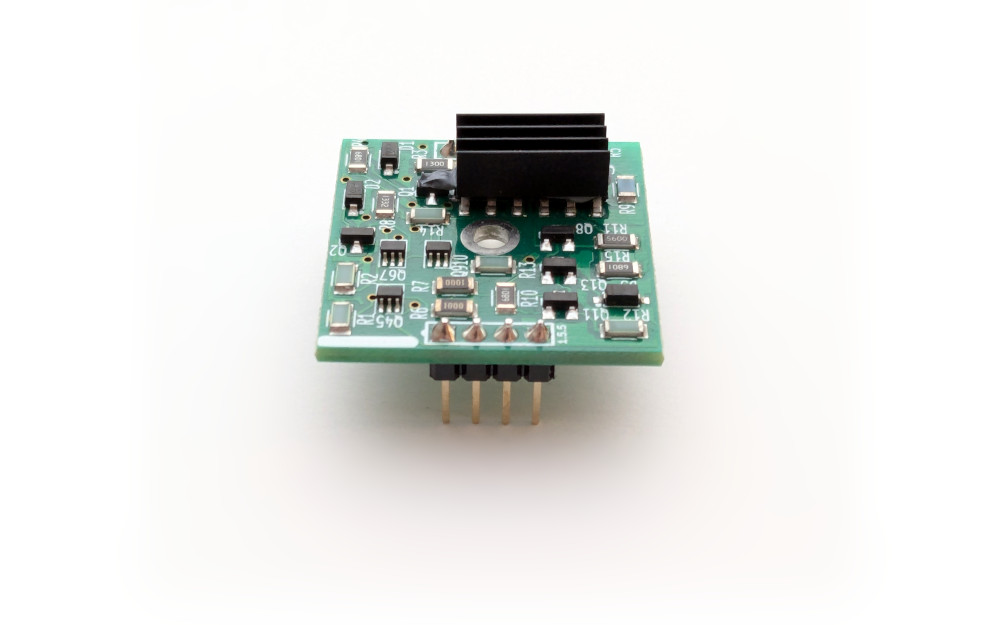Frank Van Alstine, the founder of this enterprise that we love so dearly, passed away on January 29th the age of 87.
In my mind, Frank's greatest contributions to audio were his core principles of no b***s*** and honest product value. These provided a refuge for people seeking an alternative to the bewildering and often delusive culture that characterizes much of the high-end consumer audio industry. This is what I foremost want to remember him for.
As for the business he started, I can say with absolute confidence that everyone who works for AVA is committed to the principles he built the company on. In the years that follow, I hope the only difference you'll sense is that it won't be Frank's voice you hear when you call or send us an email. His values are deeply enshrined in this business and will endure.
Frank was a legend. We, like you, will miss him very much.

 A discrete audio opamp I designed a while back and that's used in AVA products to this day will celebrate its tenth anniversary next year. So, I thought the time was right to say some things about it and discrete audio in general.
A discrete audio opamp I designed a while back and that's used in AVA products to this day will celebrate its tenth anniversary next year. So, I thought the time was right to say some things about it and discrete audio in general.